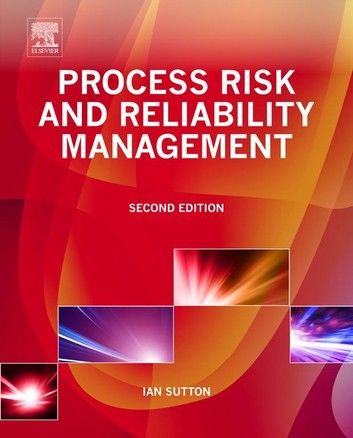| FindBook |
有 1 項符合
Process Risk and Reliability Management的圖書 |
 |
Process Risk and Reliability Management 作者:Ian Sutton 出版社:Elsevier Science 出版日期:2014-09-11 語言:英文 |
| 圖書館借閱 |
| 國家圖書館 | 全國圖書書目資訊網 | 國立公共資訊圖書館 | 電子書服務平台 | MetaCat 跨館整合查詢 |
| 臺北市立圖書館 | 新北市立圖書館 | 基隆市公共圖書館 | 桃園市立圖書館 | 新竹縣公共圖書館 |
| 苗栗縣立圖書館 | 臺中市立圖書館 | 彰化縣公共圖書館 | 南投縣文化局 | 雲林縣公共圖書館 |
| 嘉義縣圖書館 | 臺南市立圖書館 | 高雄市立圖書館 | 屏東縣公共圖書館 | 宜蘭縣公共圖書館 |
| 花蓮縣文化局 | 臺東縣文化處 |
|
|
In the last twenty years considerable progress has been made in process risk and reliability management, particularly in regard to regulatory compliance. Many companies are now looking to go beyond mere compliance; they are expanding their process safety management (PSM) programs to improve performance not just in safety, but also in environmental compliance, quality control and overall profitability. Techniques and principles are illustrated with numerous examples from chemical plants, refineries, transportation, pipelines and offshore oil and gas.
This book helps executives, managers and technical professionals achieve not only their current PSM goals, but also to make the transition to a broader operational integrity strategy. The book focuses on the energy and process industries- from refineries, to pipelines, chemical plants, transportation, energy and offshore facilities. The techniques described in the book can also be applied to a wide range of non-process industries.
The book is both thorough and practical. It discusses theoretical principles in a wide variety of areas such as management of change, risk analysis and incident investigation, and then goes on to show how these principles work in practice, either in the design office or in an operating facility. The second edition has been expanded, revised and updated and many new sections have been added including: The impact of resource limitations, a review of some recent major incidents, the value of story-telling as a means of conveying process safety values and principles, and the impact of the proposed changes to the OSHA PSM standard.
- Learn how to develop a thorough and complete process safety management program.
- Go beyond traditional hazards analysis and risk management programs to explore a company's entire range of procedures, processes and management issues.
- Understand how to develop a culture of process safety and operational excellence that goes beyond simple rule compliance.
- Develop process safety programs for both onshore facilities (EPA, OSHA) and offshore platforms and rigs (BSEE) and to meet Safety Case requirements.
|









